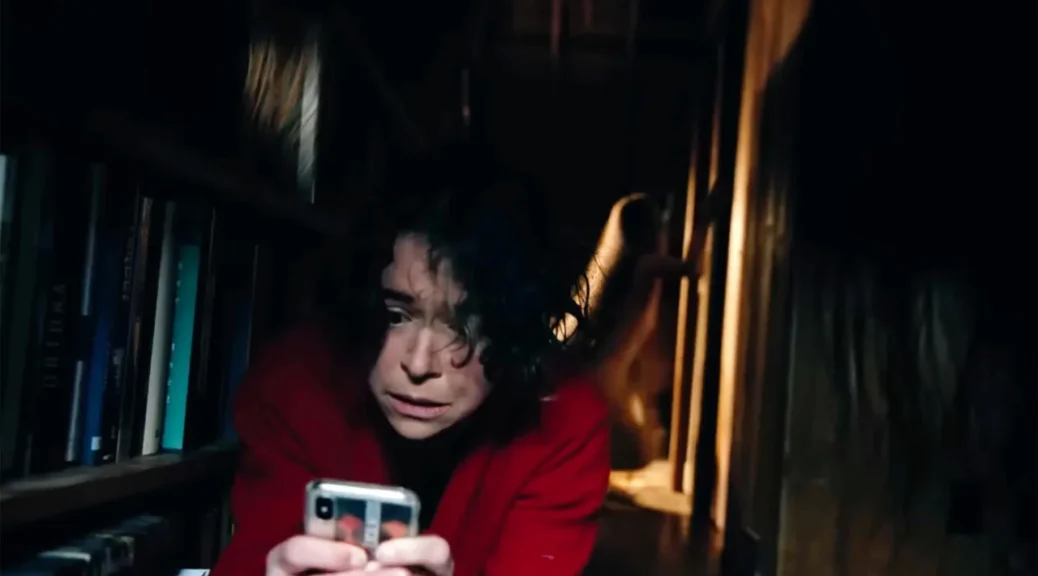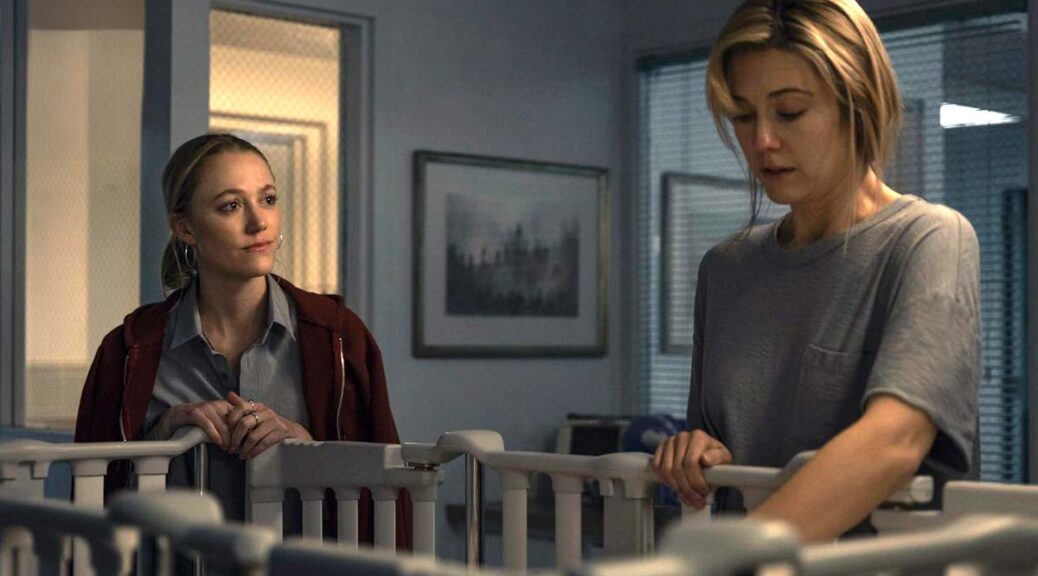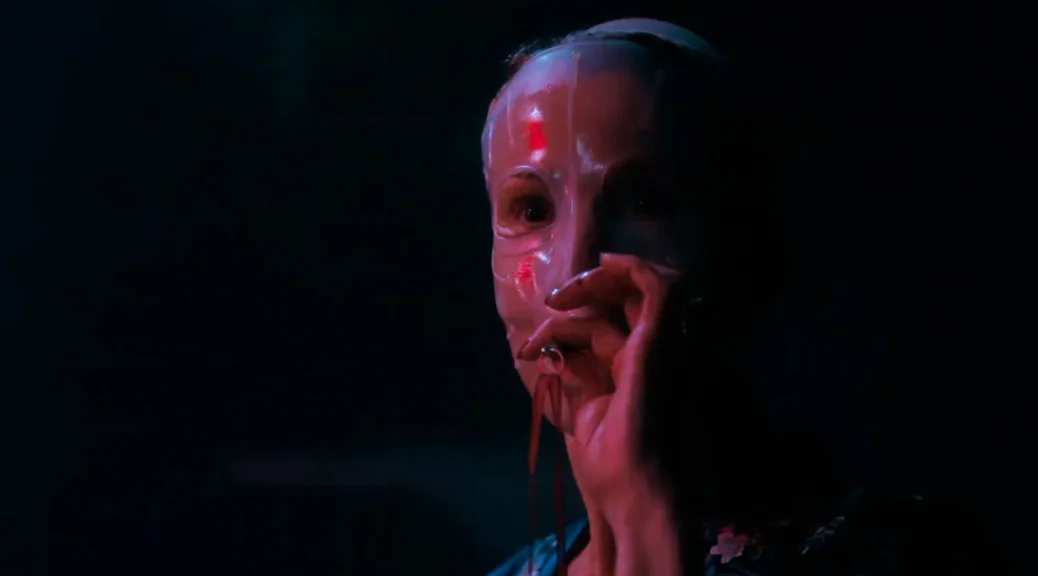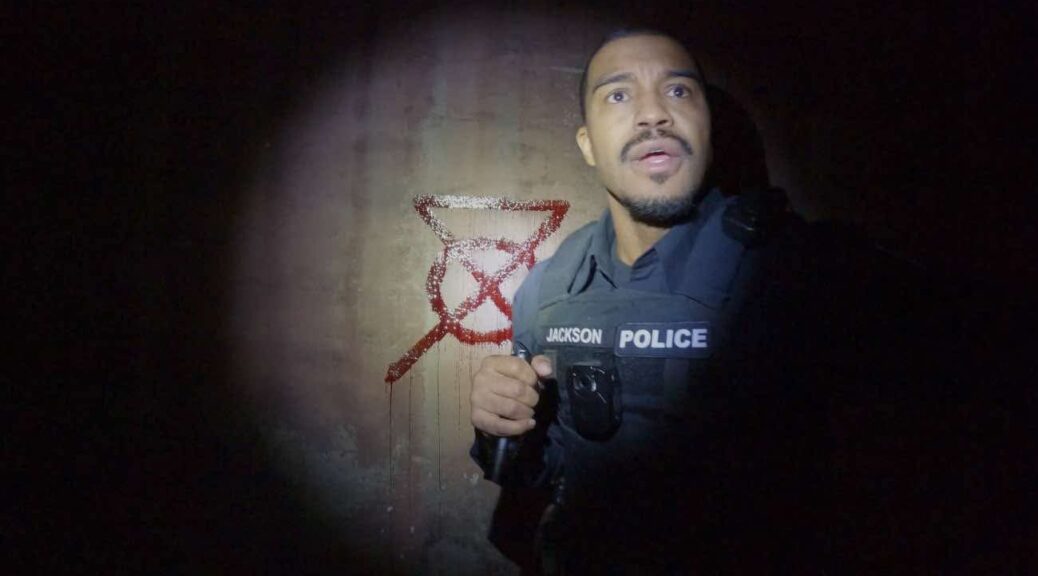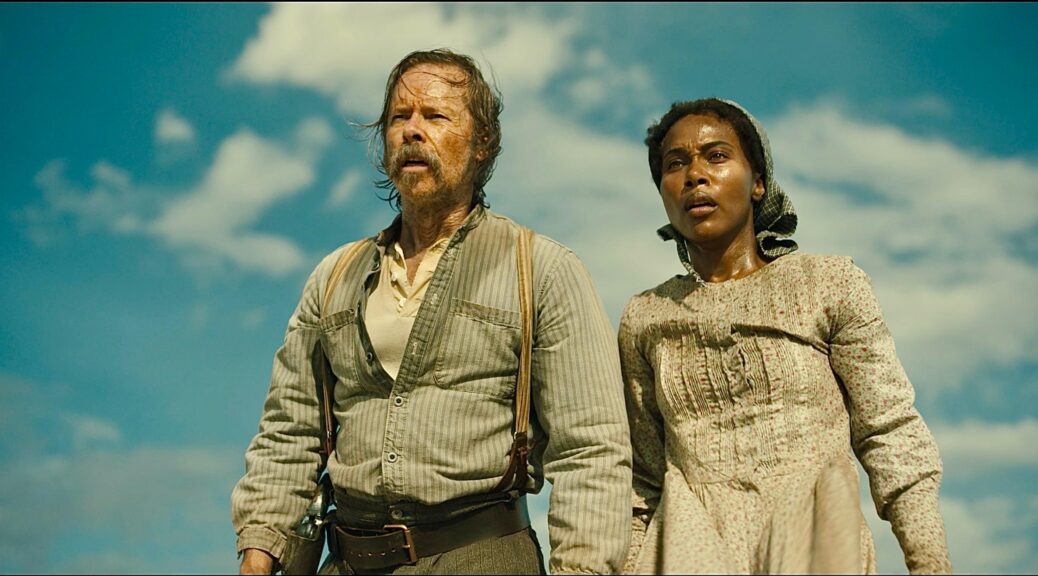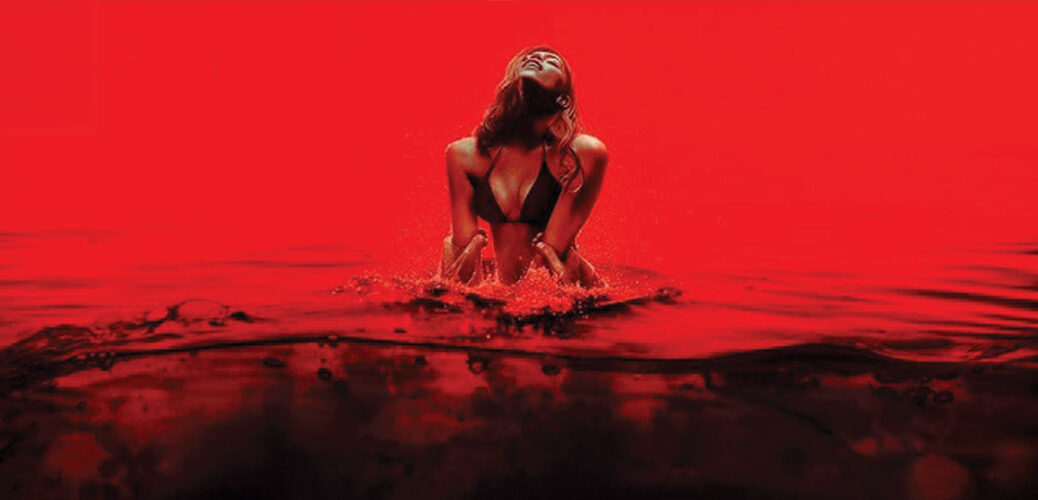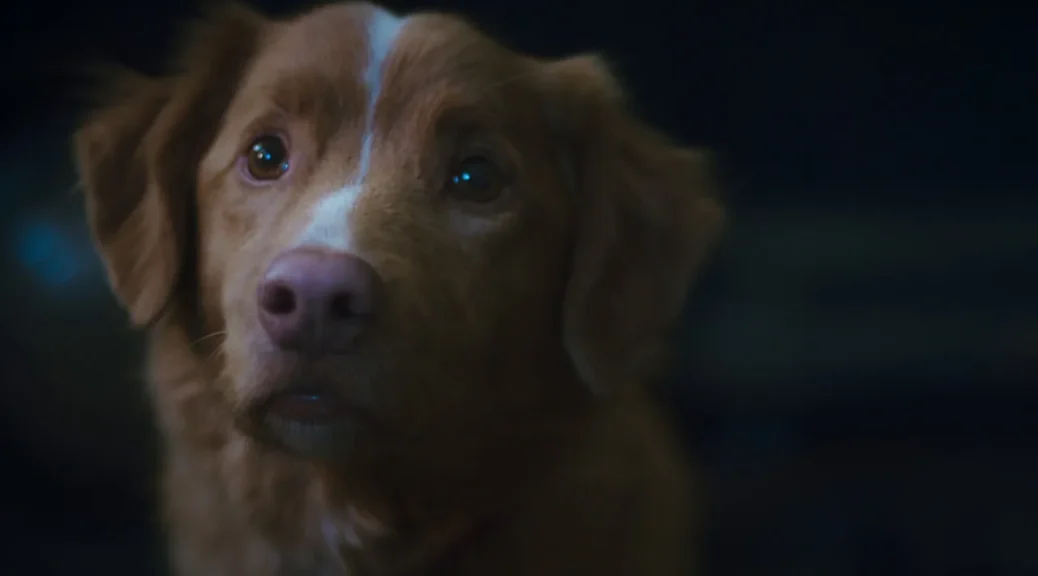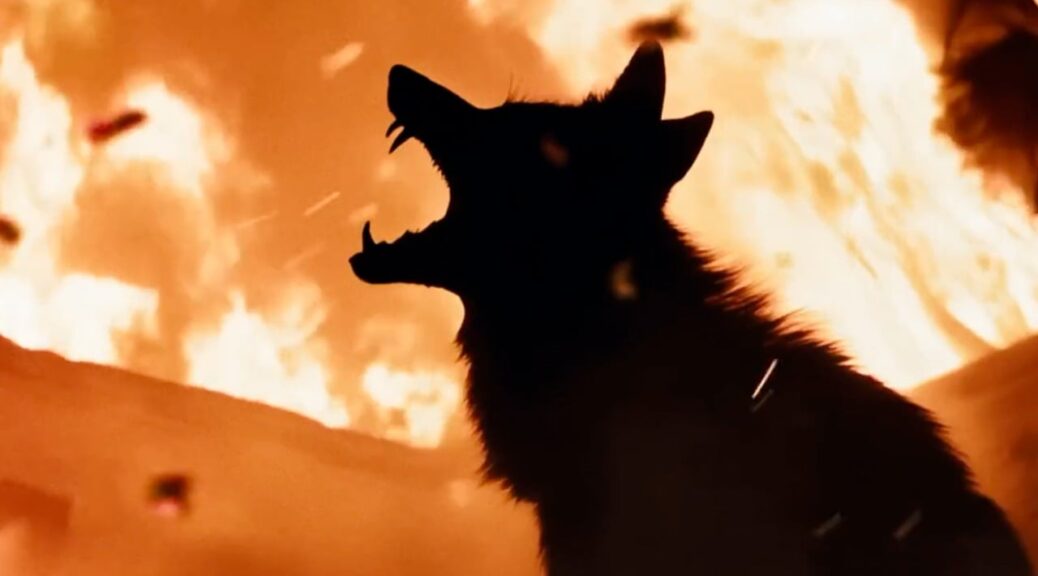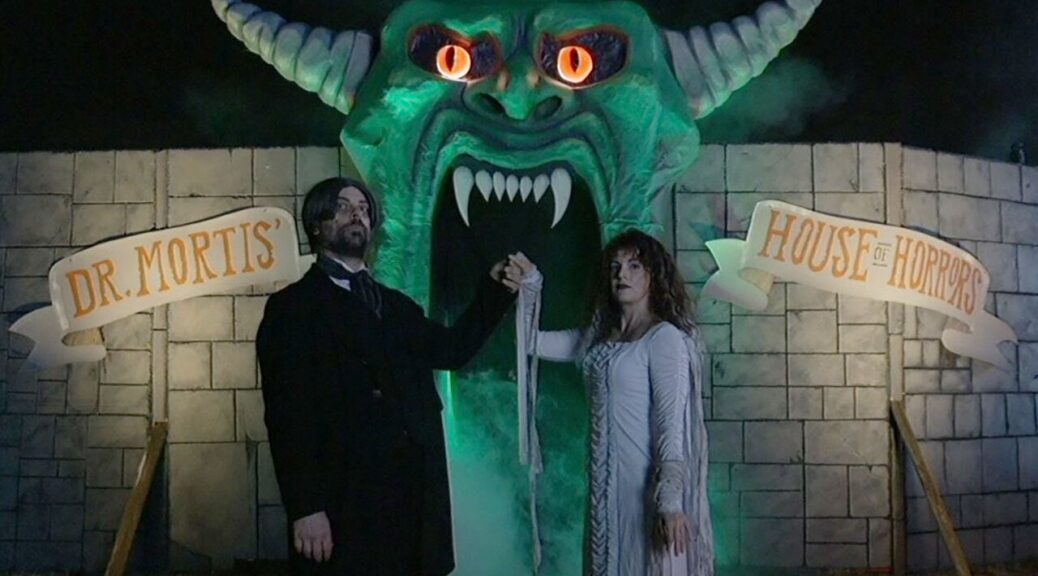Keeper
by Hope Madden
Osgood Perkins is the gift that keeps on giving. In just 16 months he’s turned out three wildly different gems and a fourth is filming now. But let’s not get ahead of ourselves because we’d run the risk of under appreciating his latest, Keeper.
Tatiana Maslany (She-Hulk) is Liz, a New York City artist anxiously headed to her first ever cabin in the woods style excursion. She’s not really a country person, and she thinks maybe the fact that her soft-spoken doctor boyfriend Malcolm (Rossif Sutherland) gifted her a beige cardigan for their first big trip together might be a red flag. She’s afraid he’s married and she’s a side piece.
There’s something melancholy and broken and beautiful in the way these two actors play characters playing roles. Malcolm hangs Liz’s painting in his home and cooks and behaves romantically while looking as if he’s crushed under some sorrowful weight. Meanwhile Liz’s words and expressions never match, one cheerful while the other is tearful or vice versa. It’s an exquisite performance of two people pretending to be a happy couple when, indeed, perhaps their romance is a fraud.
This doleful charade nurtures an atmosphere of paranoia gorgeously amplified by Perkins’s hypnotically creepy aesthetic. The architecture of dark magic recalls his underseen Gretel & Hansel and show-don’t-tell exposition occasionally conjures I Am the Pretty Thing That Lives in the House.
Perkins did not write Keeper, and there are times when his unsettling direction can’t quite overcome screenwriter Nick Lepard’s haphazard mythology. There’s a disquieting relationship analogy at work that does work, much thanks to Maslany’s gripping turn. Her commitment to this character’s experience elevates scenes that could otherwise have nearly felt unintentionally funny. But you never doubt Liz.
Keeper turns monster movie perhaps too abruptly and not as convincingly as it might have. For that and a couple of other reasons, the third act feels a bit cheap after such a trippy lead up. But it’s a gorgeous exercise in isolated horror and reason enough to remain excited for Perkins’s next movie.
